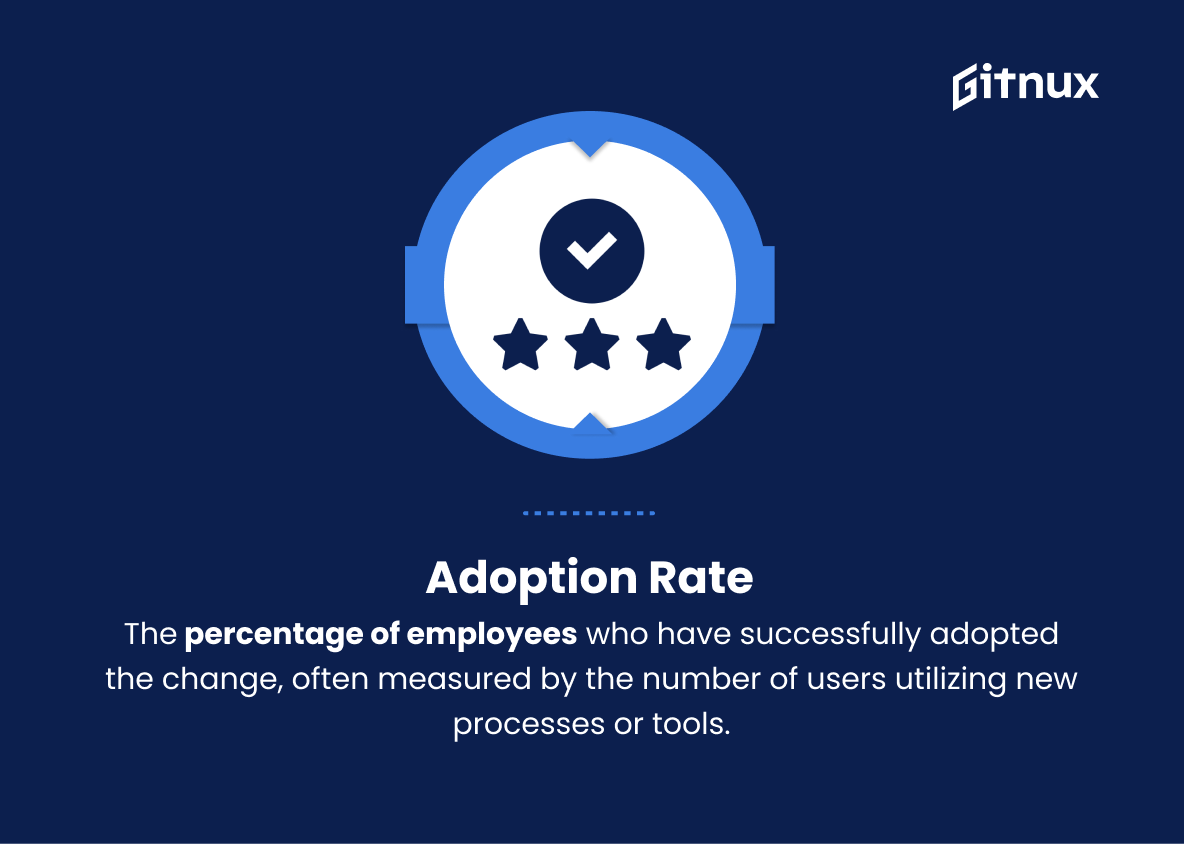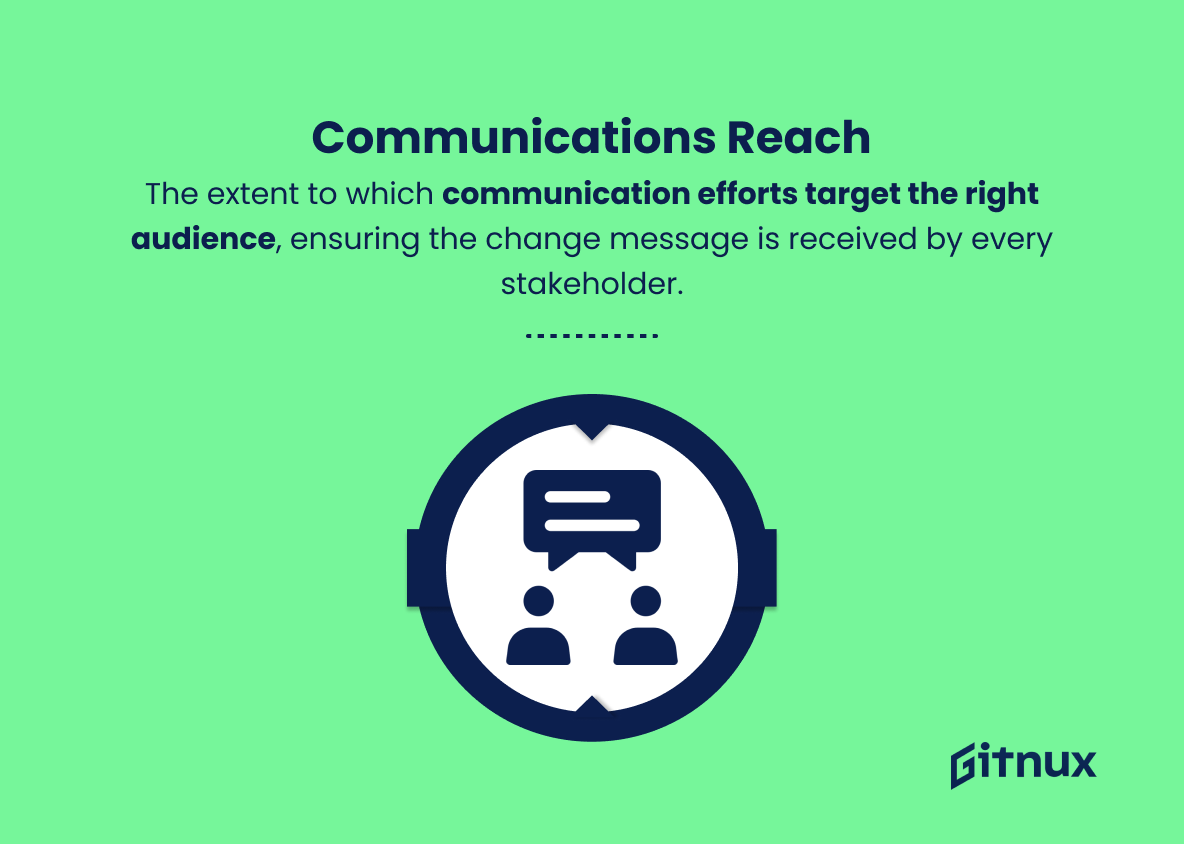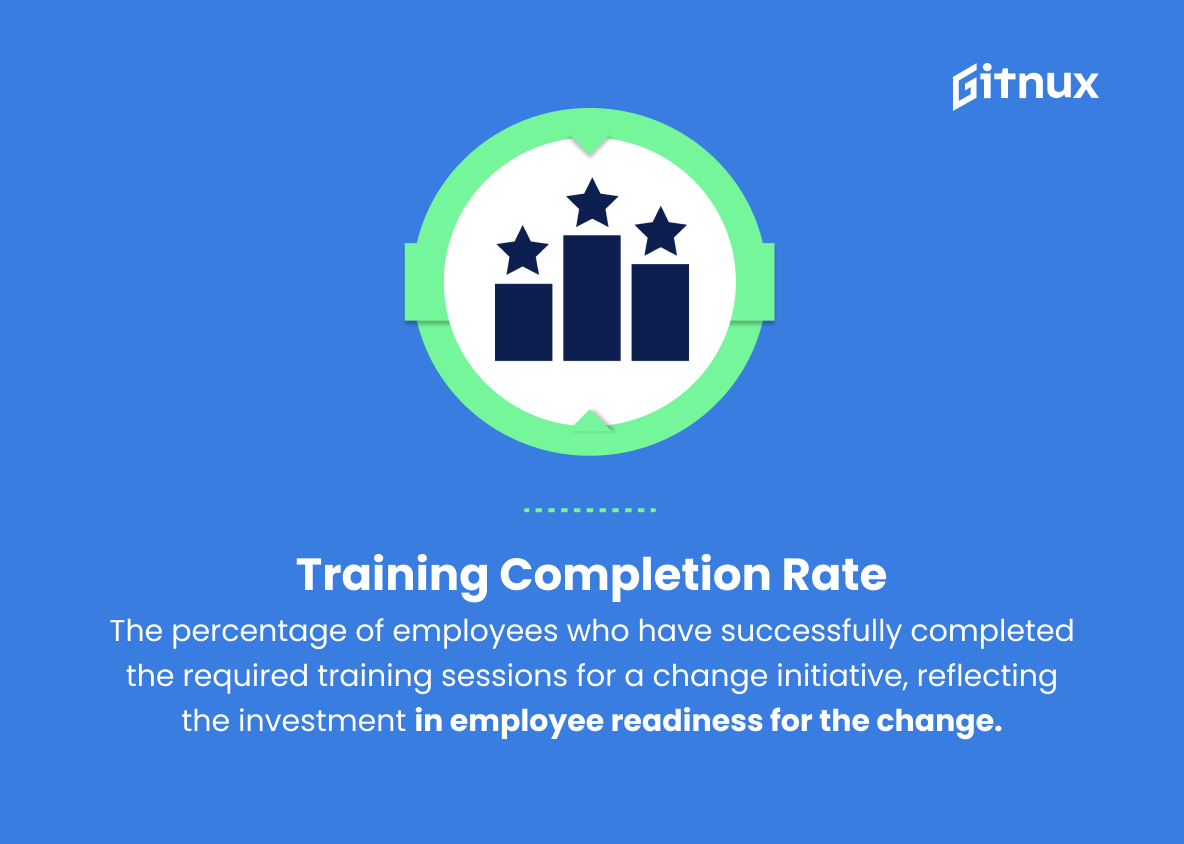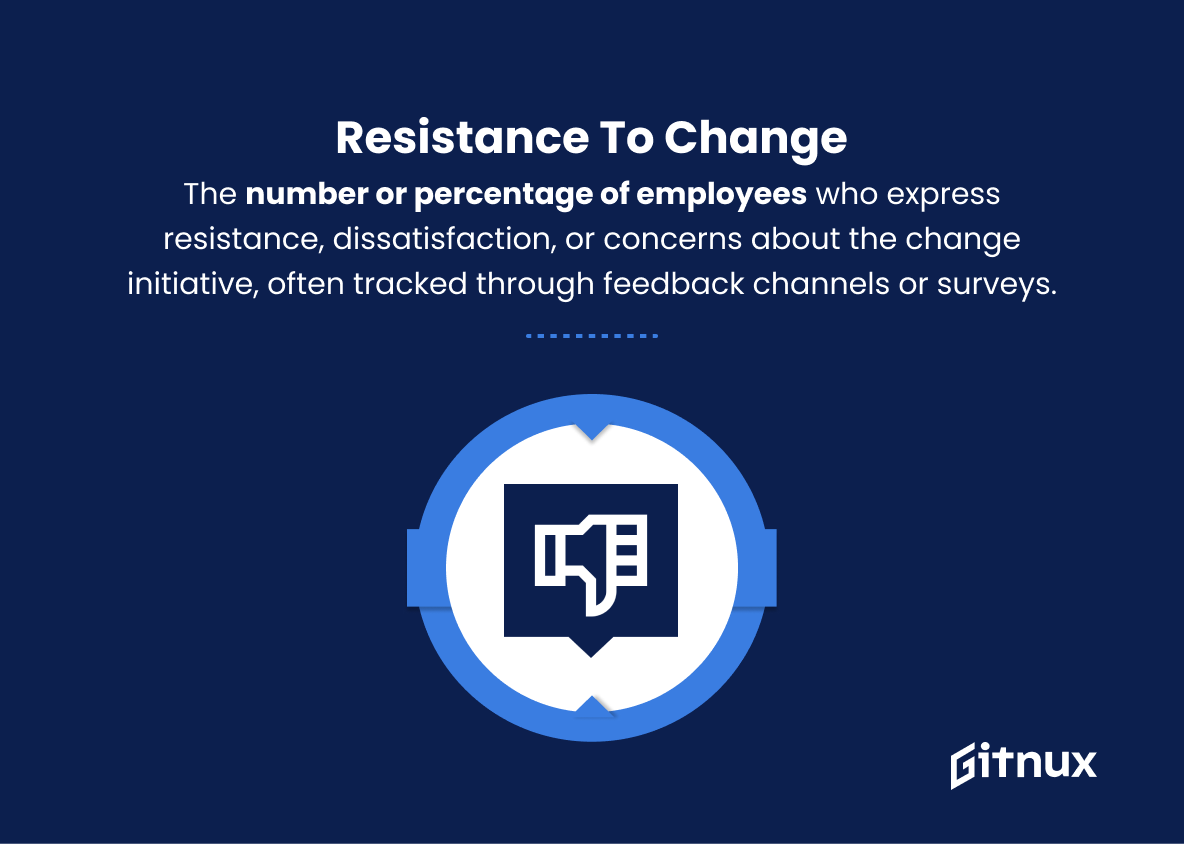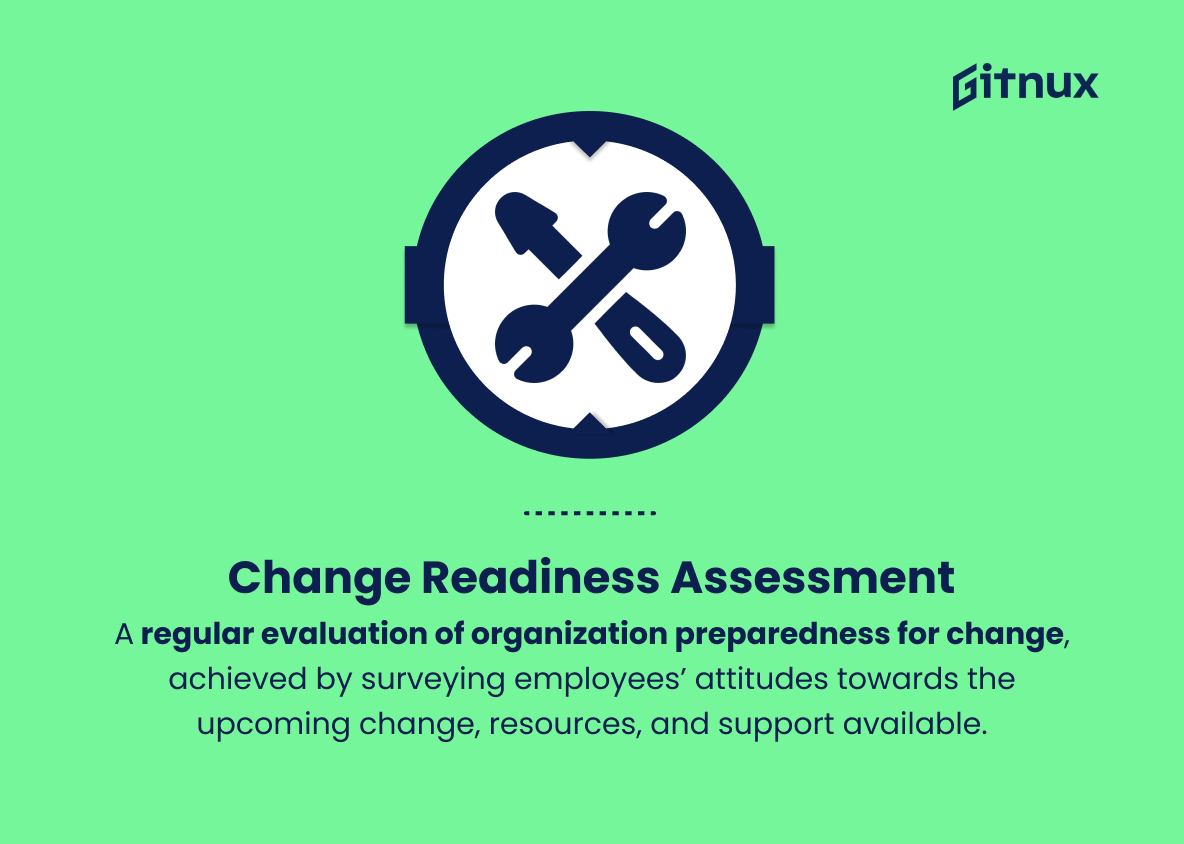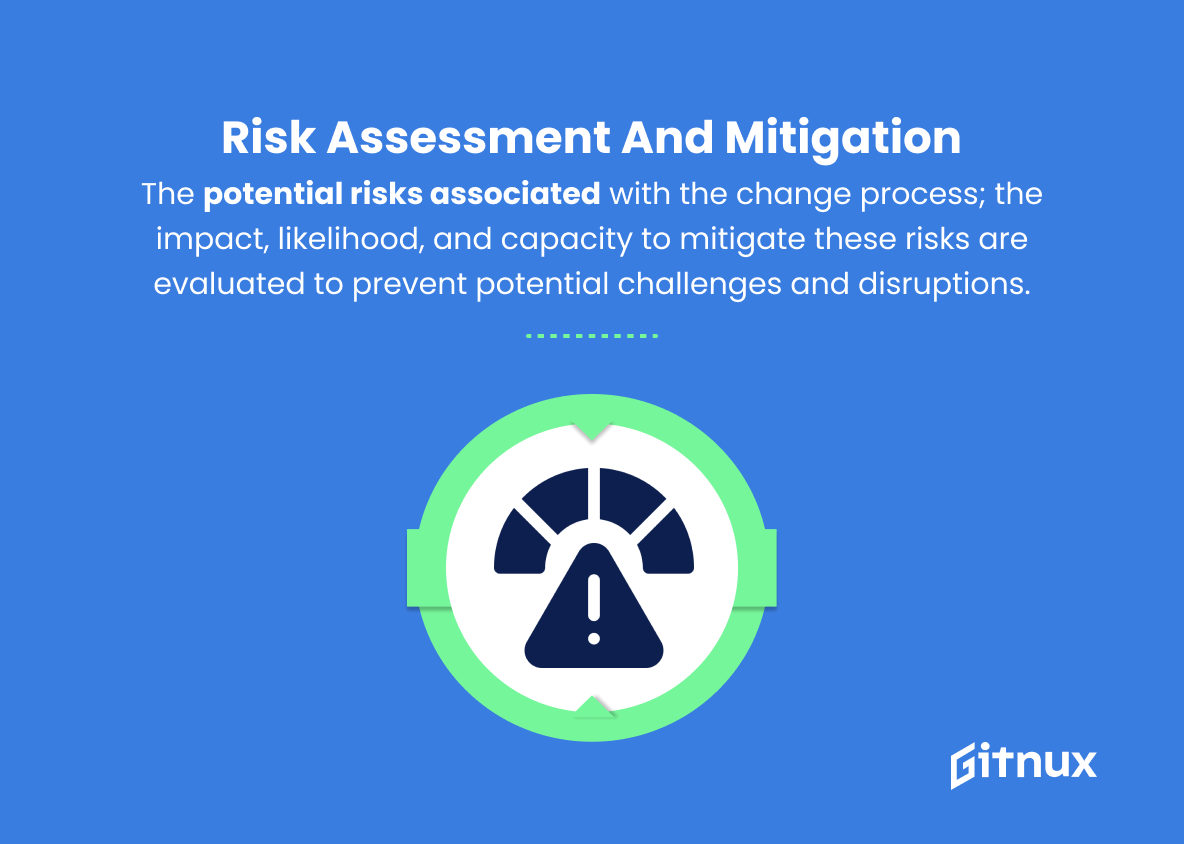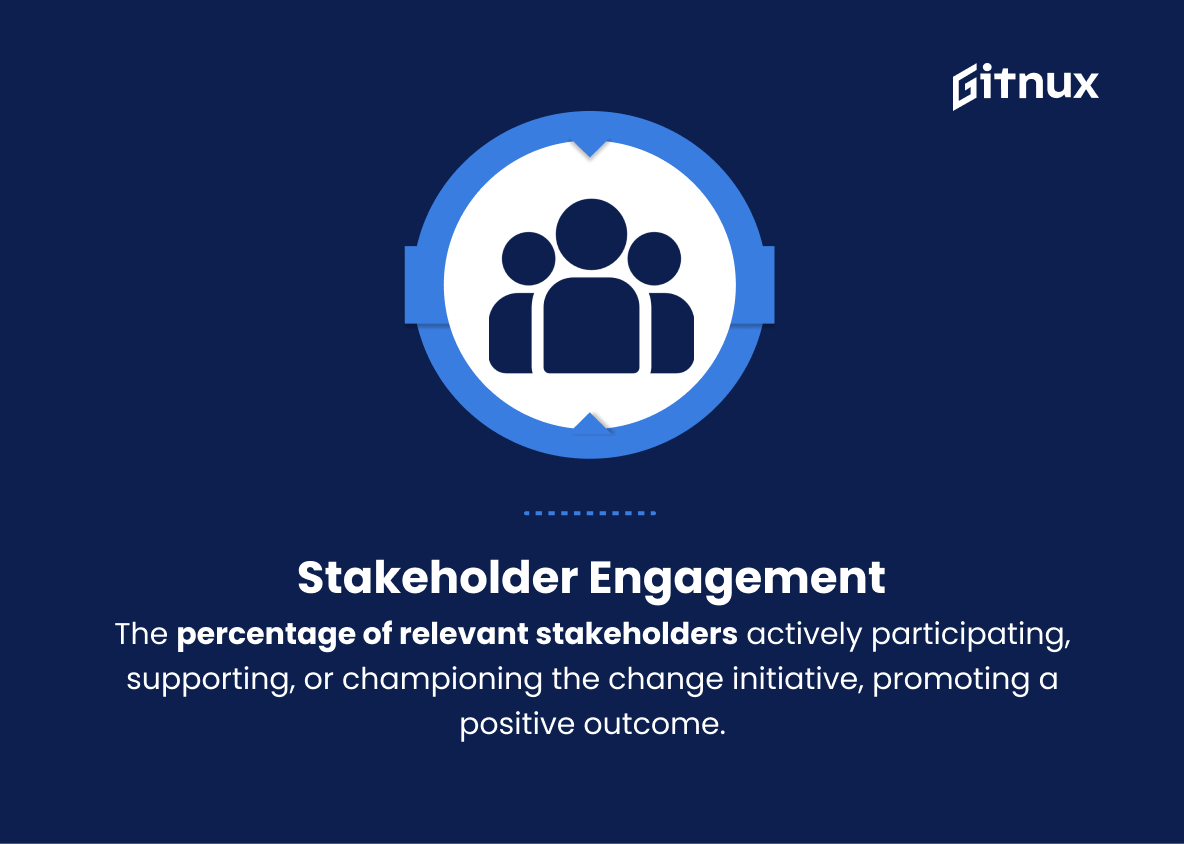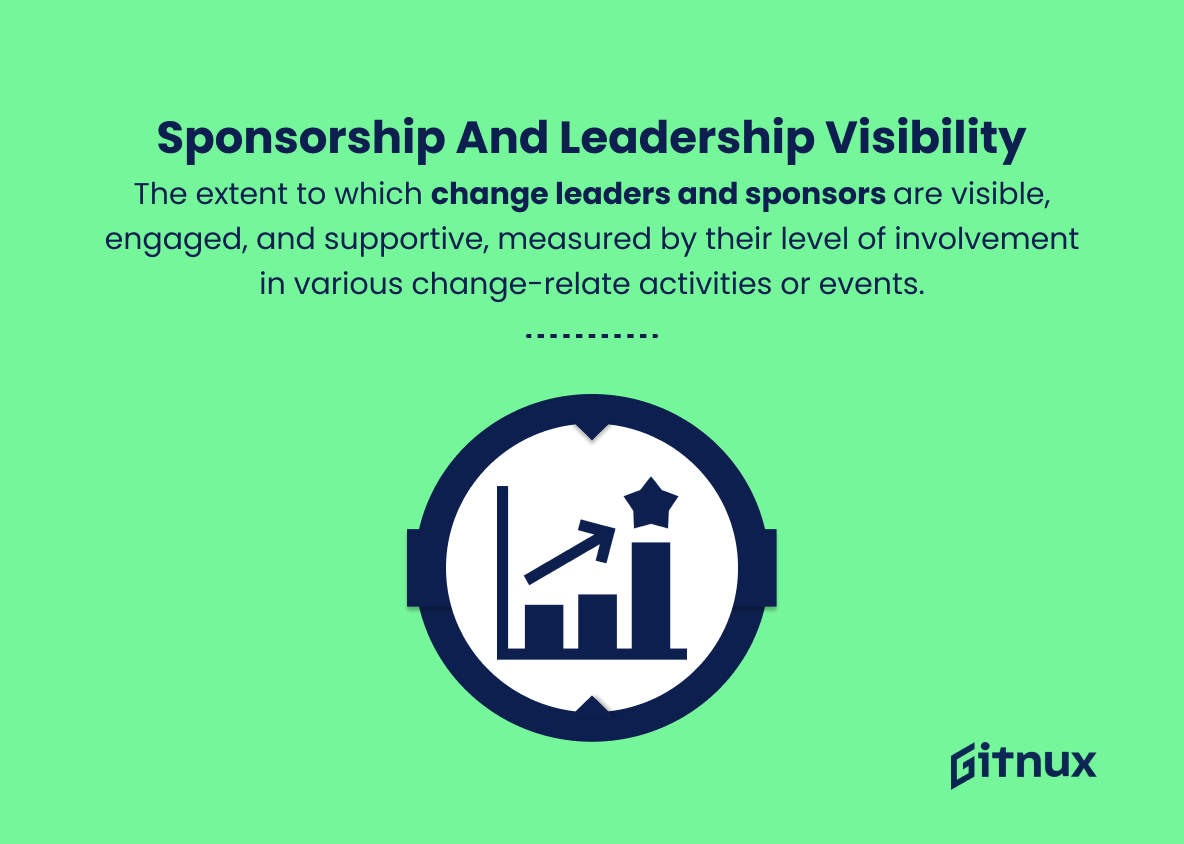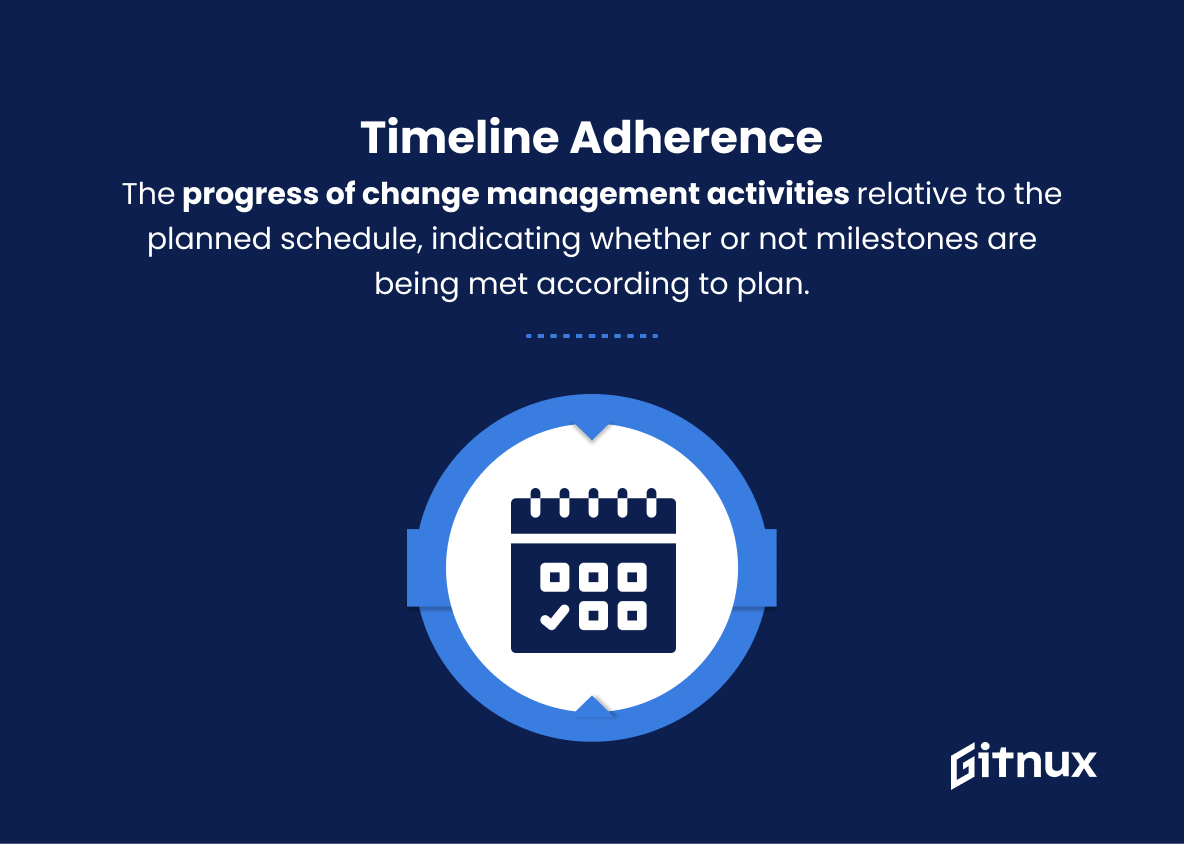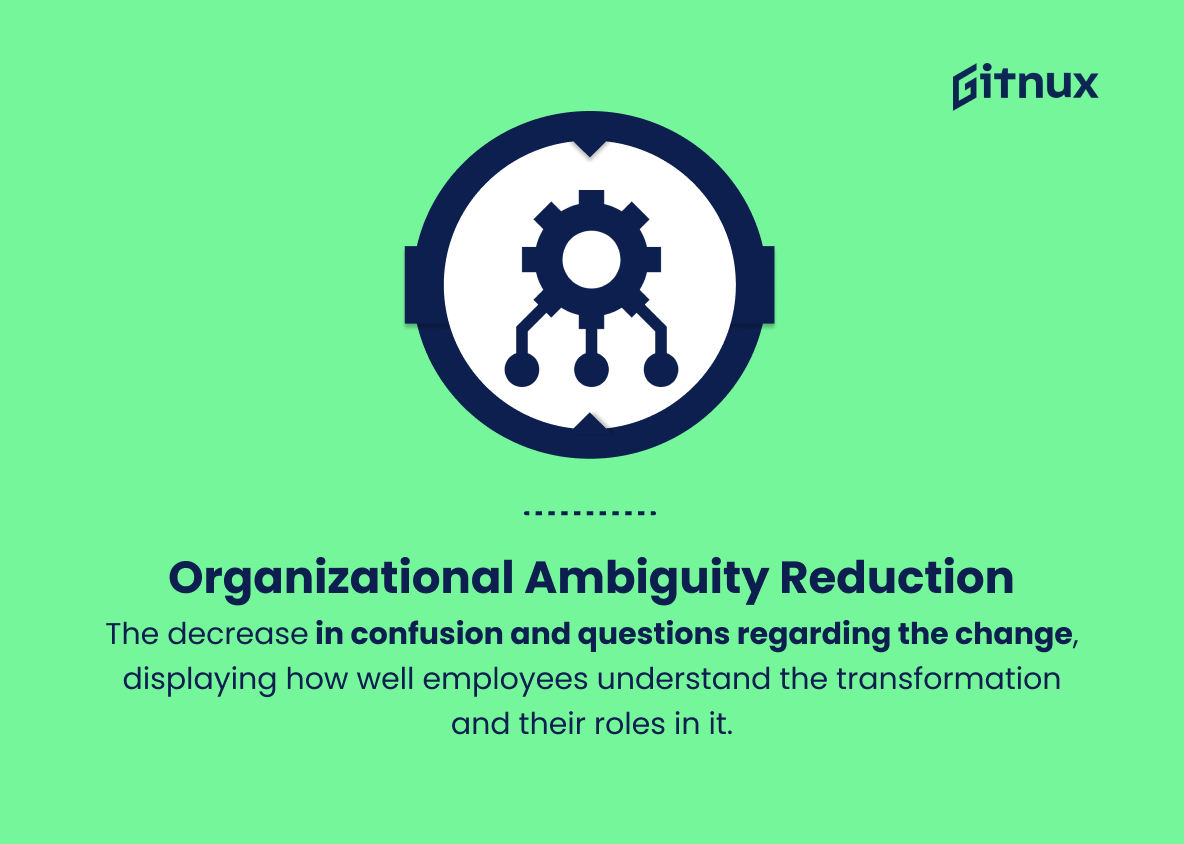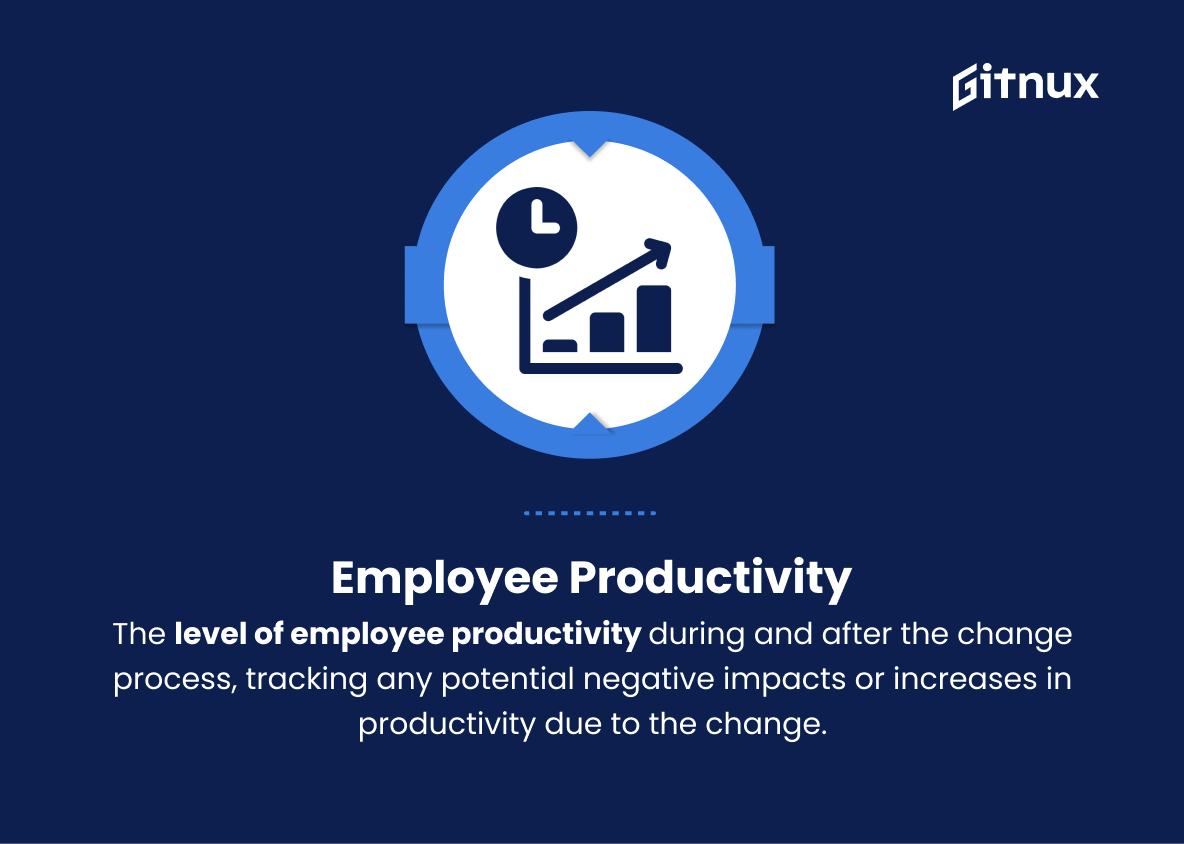In today’s fast-paced, ever-evolving business landscape, organizations are constantly faced with the need to adapt and transform in order to remain competitive and thrive. The process of implementing and managing change, known as change management, has become an essential part of modern business strategy. However, measuring the success of these change initiatives can prove to be a complex and challenging endeavor, often leaving stakeholders uncertain about the effectiveness of their efforts.
Enter change management key performance indicators (KPIs)-accurate metrics designed to track and evaluate the progress and results of change initiatives. In this blog post, we will explore the importance of change management KPIs, how they can benefit your organization, and some key KPIs to consider for a successful change management process. So let’s begin this transformative journey and discover the power of data-driven decision making in the execution of strategic change.
Change Management KPIs You Should Know
1. Adoption rate
The percentage of employees who have successfully adopted the change, often measured by the number of users utilizing new processes or tools.
2. Communications Reach
The extent to which communication efforts target the right audience, ensuring the change message is received by every stakeholder.
3. Training completion rate
The percentage of employees who have successfully completed the required training sessions for a change initiative, reflecting the investment in employee readiness for the change.
In today’s fast-paced, ever-evolving business landscape, organizations are continuously confronted with the need to adapt and transform in order to stay competitive and thrive.4. Resistance to Change
The number or percentage of employees who express resistance, dissatisfaction, or concerns about the change initiative, often tracked through feedback channels or surveys.
5. Change Readiness Assessment
A regular evaluation of organization preparedness for change, achieved by surveying employees’ attitudes towards the upcoming change, resources, and support available.
6. Risk Assessment and Mitigation
The potential risks associated with the change process; the impact, likelihood, and capacity to mitigate these risks are evaluated to prevent potential challenges and disruptions.
7. Stakeholder Engagement
The percentage of relevant stakeholders actively participating, supporting, or championing the change initiative, promoting a positive outcome.
Change Management KPIs are vital in tracking the success and effectiveness of organizational change initiatives.8. Sponsorship and Leadership Visibility
The extent to which change leaders and sponsors are visible, engaged, and supportive, measured by their level of involvement in various change-relate activities or events.
9. Change Management Budget Utilization
The allocation and use of funding towards change management activities, reflecting how effectively financial resources are being deployed.
10. Timeline Adherence
The progress of change management activities relative to the planned schedule, indicating whether or not milestones are being met according to plan.
11. Organizational Ambiguity Reduction
The decrease in confusion and questions regarding the change, displaying how well employees understand the transformation and their roles in it.
12. Post-implementation Review
The systematic evaluation of the change initiative after implementation by assessing its effectiveness, benefits realization, and lessons learned.
13. Employee Productivity
The level of employee productivity during and after the change process, tracking any potential negative impacts or increases in productivity due to the change.
14. Employee Turnover Rate
The percentage of employees who leave the organization due to the change, reflecting the effectiveness of efforts to retain and keep employees engaged during the transition.
Change Management KPIs Explained
Change management KPIs are critical to tracking the success and effectiveness of organizational change initiatives. These KPIs, including adoption rate, communication reach, and training completion rate, assess employee engagement, readiness, and successful implementation of new processes or tools. In addition, change resistance, change readiness assessment, risk assessment and mitigation, and stakeholder engagement ensure that potential challenges and disruptions are minimized and that the organization remains receptive and adaptable to change.
Sponsorship and leadership visibility, change management budget utilization, and schedule adherence highlight the importance of strategic planning, resource allocation, and transparent leadership throughout the change process. In addition, reduction of organizational ambiguity, post-implementation reviews, employee productivity, and employee turnover provide valuable insight into the long-term impact of change management and ensure that employees not only accept the change, but thrive in the new environment.
Conclusion
In summary, effectively tracking and analyzing change management KPIs is critical to ensuring the success and smooth implementation of new processes, systems, or structures within an organization. By focusing on KPIs such as change readiness, stakeholder engagement, communication effectiveness, adoption rate, and business impact, organizations can better manage change initiatives and mitigate the risks associated with transitions.
Keep in mind that these KPIs should be tailored to your organization and the specific change efforts underway. Continually monitoring and refining these metrics will lead to improved change management practices and foster an environment of growth, adaptability, and long-term success for your organization.
